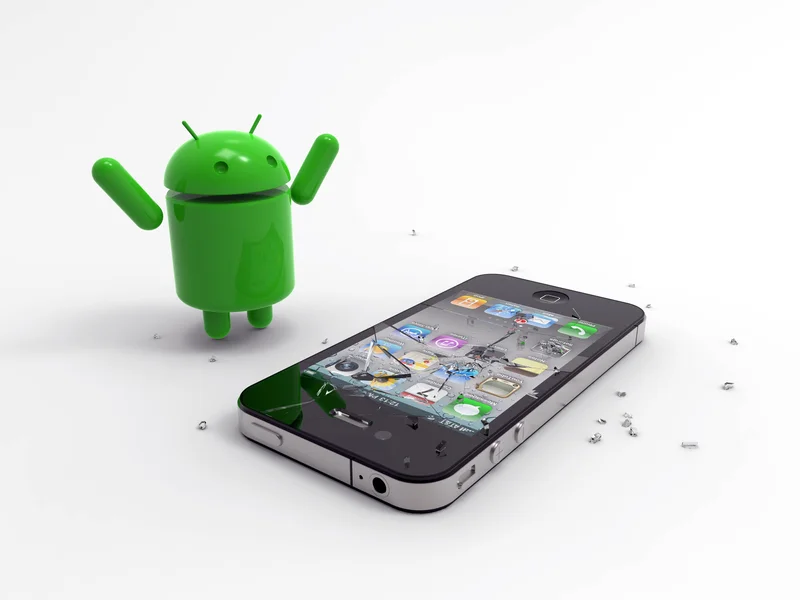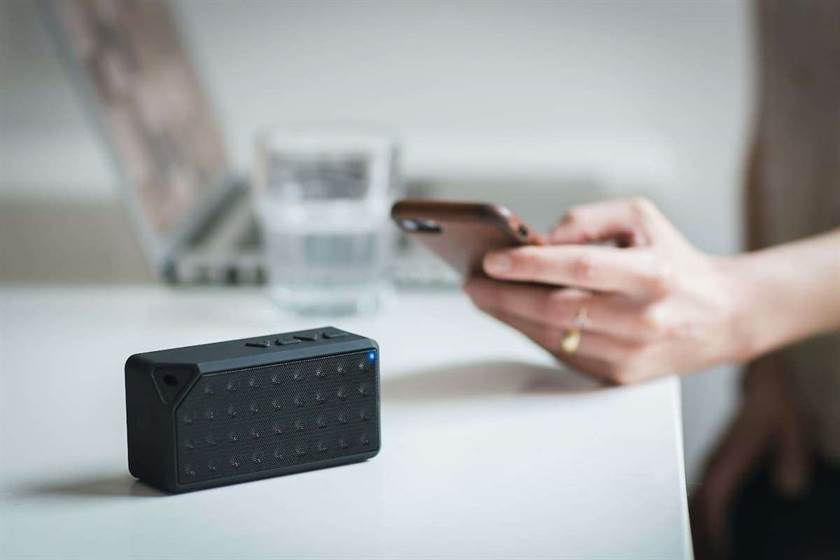With a central compute system inside the vehicle, data can be processed faster, decisions can be made seconds quicker and help keep passengers safe, all thanks to edge computing. Many people are familiar with it, but there are differences in understanding what it means. There is common knowledge that edge computing is data that is processed at the edge of the network. This means that the data is processed before it crosses any wide area network (WAN), and therefore is NOT processed in a traditional data center, whether it be a private or public cloud data center.
What makes edge so exciting is the potential it has for transforming business across every industry and function. If a production incident makes it unsafe for that robot to keep operating, it needs to receive that information as fast as possible so it can shut down. Premio is proud to live on the front lines of edge computing’s advancement, and we’re committed to helping you find the ideal solution for your unique needs. A portfolio of enterprise software optimized for lightweight deployment at the edge. Think of self-driving cars, smart homes, smartwatches, virtual and augmented reality, and industrial IoT, for example. Edge computing will likely evolve into different usage patterns during the next few years.
Connected Buildings and Building Security
This is expected to improve response times and save bandwidth.[1] Edge computing is an architecture rather than a specific technology,[2] and a topology- and location-sensitive form of distributed computing. Touted as the new big thing, edge computing is on its way to becoming the next step in the evolution of cloud computing. Industries like autonomous vehicles, the advent of smarter cities, and powerful connectivity rollouts like 5G – all combined with computing and data processing applications in harsh locations – are driving edge computing adoption. Leveraging edge computing offers certain benefits that can’t be achieved by cloud computing, alone. In particular, putting the computing power at the edge helps to reduce latency and provide data processing at the source, not potentially many miles away. Rugged edge NVR computers enable the deployment of surveillance systems in harsh environments where regular computers cannot survive.

Moreover, IoT enables seamless checkout experiences with technologies like RFID-enabled self-checkout or mobile payment solutions. You may want to take note of this feature in your next website markup to promote accessibility. Companies can leverage Dynamic QR Codes for business to create interactive and engaging experiences for customers, allowing them to access product information, promotions, and special offers by scanning QR codes with their smartphones. Here, occupancy sensors can detect the presence of occupants, allowing for optimized energy usage by automatically adjusting lighting and HVAC systems. Smart thermostats use IoT technology to learn user preferences and adjust temperature settings accordingly.
Building an IT Network for a Remote Facility
Wearable devices, such as biosensors and medical implants, collect real-time health data from patients and transmit it securely to healthcare providers. This allows for practitioners to continuously monitor vital signs, administer medication and manage diseases. IoT devices with in-built sensors and data loggers are crucial in environmental monitoring. These devices can collect data on anything from air quality, water quality and soil conditions to biodiversity indicators. In addition to that, there is “non-time-sensitive” data required for all sorts of data analysis and storage that can be sent straight to the cloud-like any other type of data. The main difference between cloud and edge computing is in the mode of infrastructure.
- A company uses mobile edge computing infrastructure such as 5G networks and 5G-based mobile cloud computing services to develop, deploy, and scale ultra-low-latency applications.
- Edge application services reduce the volumes of data that must be moved, the consequent traffic, and the distance that data must travel.
- Containers and Kubernetes are examples of lightweight application technologies that promote application development from cloud to edge.
- Industries like autonomous vehicles, the advent of smarter cities, and powerful connectivity rollouts like 5G – all combined with computing and data processing applications in harsh locations – are driving edge computing adoption.
- Edge computing is essential because it paves the way for improved and innovative ideas for businesses to operate with maximum operational efficiency, increased safety, and better performance at an enterprise and industrial level.
- The company uses sensors with enough compute capacity to process data using predetermined filtering rules before transmission.
Its automation mesh component provides a framework to scale automation from single sites to the edge. It’s even available on leading public cloud providers’ infrastructure, like Red Hat® Ansible® Automation Platform on Microsoft Azure. IoT plays a crucial role in enabling driverless cars by connecting various vehicle components and systems. Devices such as cameras and LiDAR scanners collect data on the vehicle’s surroundings, including road conditions, obstacles and traffic patterns. Finally, IoT-enabled surveillance cameras provide real-time video feeds and alerts for enhanced security and remote monitoring. For instance, smart meters equipped with IoT technology can measure energy usage at specific intervals and transmit the data wirelessly.
What is Edge Computing
Finally, Red Hat® OpenShift® is a Kubernetes platform to build, deploy, and manage container-based applications across any infrastructure or cloud—including private and public datacenters, or edge locations. IoT also facilitates telehealth services, enabling virtual consultations and remote diagnosis. Connected medical devices, like smart insulin pumps or cardiac monitors, ensure accurate and timely healthcare interventions.
For the longest time, centralized cloud computing has been a standard in the IT industry and continues to be the undisputed leader. A predecessor to edge, cloud computing is a huge tool for storing and processing computer resources in a central data center. On the other hand, edge computing is a distributed model that is most likely to be used by those applications and devices that require quick responses, real-time data processing, and key insights. Rugged industrial computers are often deployed in factories and manufacturing facilities for industrial automation and control. Moreover, rugged computers are great because they can consolidate workloads by grouping multiple operations onto a single system, replacing separate purpose-built hardware machines with rugged edge computing devices.
How to explain edge computing in plain English
86% of global IT leaders in a recent IDG survey find it very, or extremely, challenging to optimize their IT resources to meet changing business demands. As a result, manufacturing organizations can lower the cost of maintenance, best cybersecurity stocks improve operational effectiveness of the machines, and realize higher return on assets. Accenture’s Jennifer McLaughlin and Teresa Tung discuss how 5G, edge and cloud will impact all industries in the coming decade.

Retailers can provide a superior customer experience, prevent theft and better manage their inventories and supply chains. Due to the nearness of the analytical resources to the end users, sophisticated analytical tools and Artificial Intelligence tools can run on the edge of the system. This placement at the edge helps to increase operational efficiency and is responsible for many advantages to the system. Before starting an edge computing project, it is essential to determine each party involved and whether they are aligned with the end goals. Edge computing deploys information technologies (IT) that look after managing technologies for information processing. Next, it involves communication technologies (CT) — people responsible for processing and communicating information.
What is Edge Computing? Definition, Examples, Architecture
Think about devices that monitor manufacturing equipment on a factory floor or an internet-connected video camera that sends live footage from a remote office. While a single device producing data can transmit it across a network quite easily, problems arise when the number of devices transmitting data at the same time grows. Instead of one video camera transmitting live footage, multiply that by hundreds or thousands of devices. Not only will quality suffer due to latency, but the bandwidth costs can be astronomical. Cisco is already known as the best-in-class networking equipment provider for enterprise networks, but we go further. Unlike other solutions that require up multiple vendors to deploy an edge compute solution, Cisco provides it all in one.

Proper planning and management tools are therefore essential to ensure the smooth operation of an edge computing network. Think of edge as an extension of the cloud rather than a replacement, says Seth Robinson, senior director of technology analysis at technology association CompTIA. In fact, edge is a key enabler for unlocking the full power of data in the cloud. Increasingly, though, the biggest benefit of edge computing is the ability to process and store data faster, enabling more efficient real-time applications that are critical to companies. Before edge computing, a smartphone scanning a person’s face for facial recognition would need to run the facial recognition algorithm through a cloud-based service, which would take a lot of time to process.
Explore our latest insights
This article explores the transformative power of IoT by delving into ten specific ways it could reshape your business’s digital operations. Edge computing is a viable solution for data-driven operations that require lightning-fast results and a high level of flexibility, depending on the current state of things. In it, “edge” is a point at which traffic comes in and goes out of the system.
Examples and Use Cases of Edge Computing
Edge computing is already in use all around us – from the wearable on your wrist to the computers parsing intersection traffic flow. Other examples include smart utility grid analysis, safety monitoring of oil rigs, streaming video optimization, and drone-enabled crop management. Companies such as Nvidia continue to develop hardware that recognizes the need for more processing at the edge, which includes modules that include AI functionality built into them. The company’s latest product in this area is the Jetson AGX Orin developer kit, a compact and energy-efficient AI supercomputer aimed at developers of robotics, autonomous machines, and next-generation embedded and edge computing systems. However, with the higher speeds offered by 5G, particularly in rural areas not served by wired networks, it’s more likely edge infrastructure will use a 5G network.
Utilizing edge computing and cloud as a combination can lead to positive results, especially in the case of large-scale digital transformations. Rugged industrial computers are often used for military applications on the ground, at sea, and in the air. The military uses a wide variety of industrial PCs that include rack-mount military computer, industrial touchscreen PCs, embedded PCs, and wall mount computers. Rugged industrial computers are designed and built to endure the challenging environments in which they are deployed. The military uses industrial PCs for video processing, data acquisition, and for in vehicle applications. Furthermore, the ruggedness of rugged edge computers allows them to withstand deployment in vehicles where they are subjected to frequent shock and vibration, dust, debris, and extreme temperatures.
